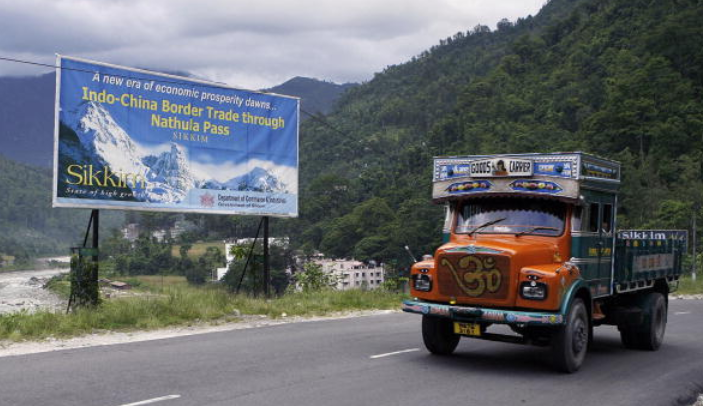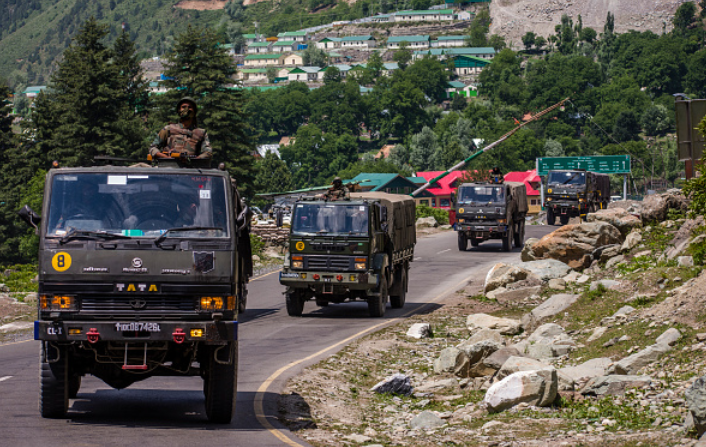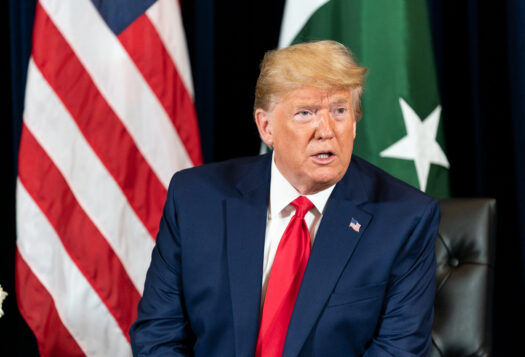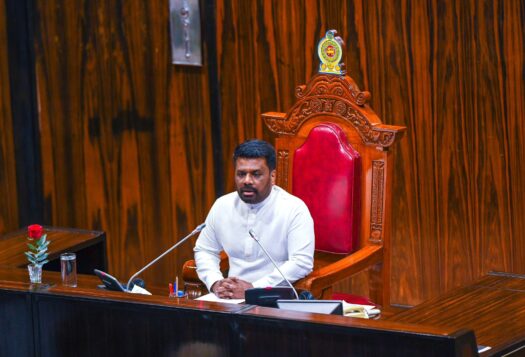
The 21st century witnessed the end of the Cold War and the emergence of Asian players as important poles of power in international relations. Led by rapidly growing economies like India and China, this century promised to be an Asian century fostered by multilateralism and reduced reliance on the West. However, Chinese aggression, particularly in the post-COVID-19 world order, has swept away hopes for a peaceful and cooperative Asian world order. Instead, the two countries imagined as the joint leaders of the Asian century – India and China – have been locked in a military conflict at their border for three years now.
The Conflict on the LAC: Implications for Sino-Indian Relations
In April this year, days ahead of Chinese Defense Minister Li Shangfu’s visit to India to attend the Shanghai Cooperation Organization’s (SCO) Defense Ministers’ meeting, the militaries of the two countries held the 18th round of military talks to resolve issues at friction points that have emerged since Chinese soldiers clashed with Indian forces at Galwan in 2020.
Chinese aggression, particularly in the post-COVID-19 world order, has swept away hopes of a peaceful and cooperative Asian world order.
Since 2020, the conflict at the LAC has spilled into other domains. A week after the squirmish at Galwan, Chinese hackers made over 40,300 attempts to attack Indian cyberspace. India soon banned TikTok and other Chinese apps to protect its data sovereignty and cyberspace. India started taking other steps in other to shore up vulnerabilities vis-à-vis China. For example, in 2020, India’s Ministry of Commerce and Industry introduced an initiative to review foreign direct investment (FDI) policies, focusing on Chinese investments in India’s sensitive sectors. From the review, New Delhi decided that FDI from neighboring countries would henceforth require the approval of the Indian government.
The fissure in ties has extended past economics. Soon after the clash at Galwan, the Indian Navy signaled a greater willingness to assert its presence by sending a warship through the South China Sea. India has also beefed up infrastructure along the border with China, and better roads, bridges, and tunnels have improved the mobility of the Indian military to the far-flung border areas. While China is militarily superior, the Indian Army has focused on training in high-altitude warfare to gain an advantage over the PLA at the LAC.
Diplomatic statements have complemented a more assertive posture. On multiple occasions, India’s External Affairs Minister, Dr. S. Jaishankar, has been clear that bonhomie between India and China is not possible if border incursions continue. For example, at the SCO foreign ministers meeting in May this year, he stated, “India-China relations are not normal and cannot be normal if peace and tranquility in border areas are disturbed.” These diplomatic, economic, and military events all point to worsening ties.
Tensions Expected to Continue
While New Delhi argues that these moves are defensive measures, it sees a more offensive posture in China’s response. In New Delhi’s eyes, China expanded the conflict. For example, China has weaponized visas, including when it canceled the visas of two Indian journalists working in Beijing for years. While Beijing defended its move, claiming that its journalists have received “unfair and discriminatory treatment in India for a long time,” New Delhi sees it as unequal treatment by China. Due to this back and forth, India and China have nearly wholly wiped out mutual media access.

China has also shown more significant provocation in information operations at the LAC. Another example includes China’s announcement of the ‘renaming‘ of 11 places in Arunachal Pradesh, including one close to the state capital, Itanagar. China had previously released similar lists in 2017 and in 2021 in attempts to lay claim to Indian territory. In 2021, India’s Ministry of External Affairs spokesperson Arindam Bagchi responded that Arunachal Pradesh is and always will be an integral part of India and that assigning invented names to places within Arunachal Pradesh does not alter the fact. As a troop build up remains at the LAC and tensions escalate across multiple domains, relations between India and China will likely deteriorate further in the coming year.
Regional Implications
The visible hostility between these two Asian powers has spilled beyond the bilateral relationship into South Asia. As South Asian states aim to carve their own path amid competition between India and China, regional dynamics often become geopolitical events. For example, a Chinese spy ship Yuan Wang 5 docked in Sri Lanka’s Hambantota port last year. While China claimed that the ship was a research ship, India had security concerns with the activities in which the ship may engage. For Sri Lanka, a difficult choice emerged between India and China.
Sri Lanka is already heavily indebted to China, but India remains Sri Lanka’s immediate geographic neighbor, and ignoring India’s concerns is not an easy or attractive choice for Sri Lanka. In the weeks before the ship’s arrival, Colombo requested Beijing to delay the entry of the controversial ship into the Indian Ocean. However, Colombo held little leverage owing to Beijing’s substantial economic influence over Sri Lanka. Ultimately, the controversial Chinese ship was allowed to dock at Hambantota and remain there for about a week.
Even at multilateral fora, the transition from cooperation to conflict in the bilateral relationship was visible. On April 27, the two countries’ defense ministers met but failed to issue a joint statement, a sign of how the meeting went. Even at the SCO foreign ministers meeting in Goa, the cold body language between India’s External Affairs Minister S. Jaishankar and Chinese Foreign Minister Qin Gang was visible. S. Jaishankar had detailed discussions with China’s Qin on bilateral ties on the sidelines of the SCO summit, and post the meeting, he tweeted that the focus still remains on resolving outstanding issues and ensuring peace and tranquility in the border areas.
A Look Ahead
Since 2020, while tensions on the Line of Actual Control (LAC) between India and China have reduced in a few locations, there continues to be large-scale troop deployment on both sides, of up to 50,000-60,000 troops, armed with armored and military equipment. The possibilities of the re-emergence of conflict, even in the locations where tensions have apparently eased up remain high. In a scenario where China continues with aggressive measures against India, be it in the military realm, diplomatic, or cultural, coupled with the differing world views the two have, the possibility of cooperation as a foreign policy posture between the two has disappeared, and the chances of an Asian century led by the India-China duo are close to negligible.
The possibility of cooperation as a foreign policy posture between the two has disappeared, and the chances of an Asian century led by the India-China duo are close to negligible.
Instead, the 21st century could unfold much more dangerously than expected. A South Asia that already has deep fissures along multiple lines of migration, citizenship, and religion, among a long list of others, continues to witness increasing hostility between the two Asian giants in the form of India and China and moves by either or both to woo or to antagonize South Asian countries will not augur well for Asia as a whole.
Also Read: Watching Pangong Tso, Thinking Doklam
***
Image 1: Deshakalyan Chowdhury/AFP via Getty Images
Image 2: Yawar Nazir/Getty Images


